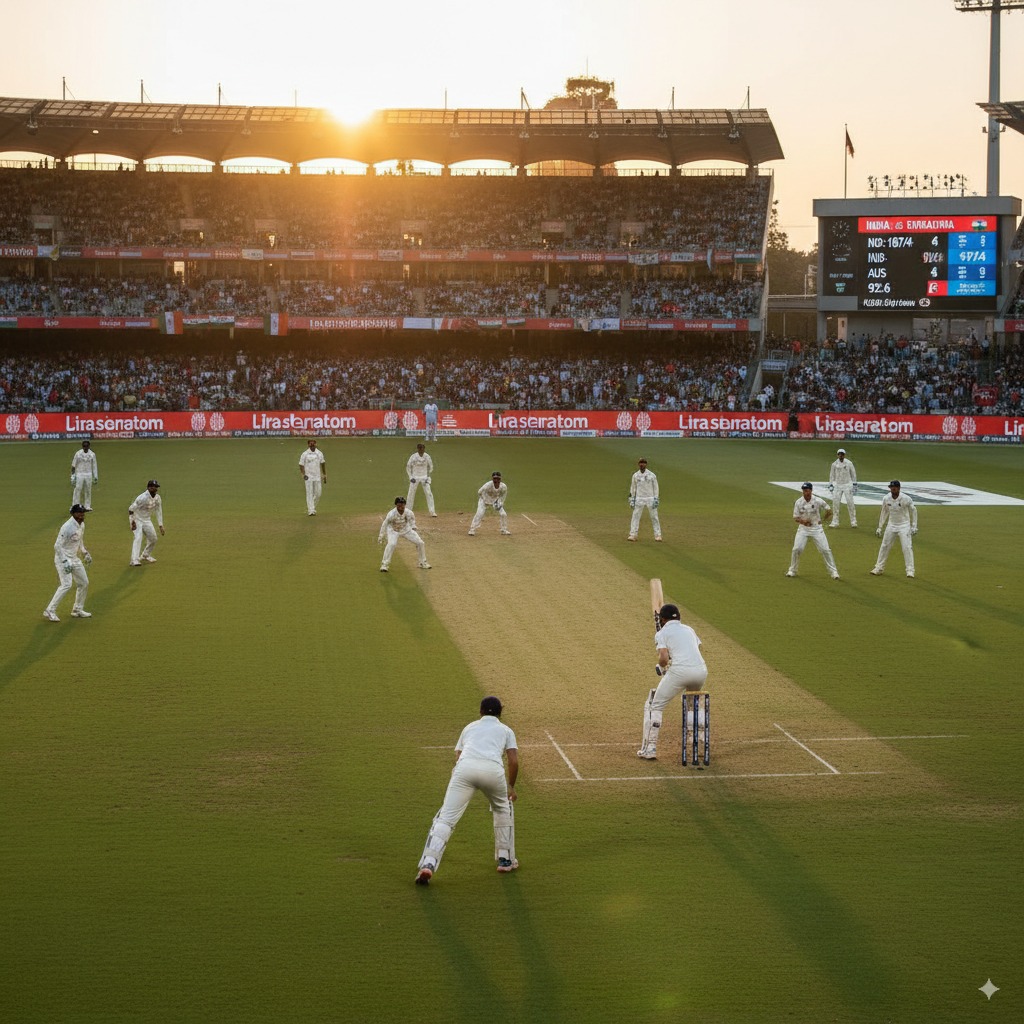10 Interesting and Lesser Known Facts About Cricket
Cricket is more than just a sport—it’s an experience, a tradition, and for millions, almost a religion. While most fans know the basics—the Ashes rivalry, Sachin Tendulkar’s legendary records, or England’s 2019 World Cup win—there’s a treasure trove of unusual, quirky, and lesser-known stories that make the game even more fascinating.
Here are 10 interesting and lesser-known facts about cricket, told in a way that brings out the fun and human side of the sport.
1. The Longest Match Lasted 12 Days
Imagine playing cricket for nearly two weeks! In 1939, South Africa and England played a “timeless Test” in Durban. The game went on for 12 days before it was declared a draw—not because of rain or bad light, but because England’s team had to catch their boat back home! It’s the only match in cricket history where travel schedules decided the result.
2. The First International Cricket Match Wasn’t Between England and Australia
Most people think the oldest rivalry is the Ashes, but here’s a surprise: the first-ever international cricket match took place in 1844 between Canada and the USA in New York. England and Australia hadn’t even started playing Test cricket then! And yes, Canada won that historic clash.
3. Cricket Bats Are Made From a Special Tree
A cricket bat isn’t made from just any wood—it’s crafted from willow trees, specifically English or Kashmiri willow. This wood is both tough and flexible, which helps players strike the ball with power while still keeping control. Fun fact: a good bat can cost as much as a laptop or smartphone, and players often treat their bats like their own children.
4. The Only Law in Cricket Written in Verse
Cricket has some pretty formal rule books, but did you know that one of its laws was originally written as a poem? Back in the 18th century, a law about how a batsman should run was phrased in verse to make it easy to remember. It shows just how quirky cricket’s history can be.
5. The Shortest-Ever Test Match Ended in Two Days
While some matches stretch forever, others finish in the blink of an eye. The shortest Test match took place in 1932 between Australia and South Africa—it ended in just five hours and 53 minutes of play over two days. Australia bowled South Africa out twice to win by an innings and 72 runs. Talk about efficiency!
6. The Origins of the Term “Hat-Trick”
Every cricket fan loves a hat-trick, but where did the term come from? It actually comes from 1858, when English bowler H.H. Stephenson took three wickets with three consecutive deliveries. To celebrate, fans collected money to buy him a hat, and that’s how the term “hat-trick” was born.
7. The Only Bowler to Take All 10 Wickets in an Innings—Twice
Taking all 10 wickets in a single innings is so rare it has only been done three times in Test history. Jim Laker of England did it in 1956 against Australia, taking 10 for 53. More recently, Anil Kumble (1999) and Ajaz Patel (2021) joined the list. But here’s the kicker: Jim Laker not only took 10 wickets in one innings but also 19 wickets in that match—a record that still stands today.
8. The Heaviest Defeat in ODI History
While close matches keep us on edge, one-sided games leave behind curious records. In 2008, New Zealand bowled out Ireland for just 77 runs, then chased the target in just six overs. That 290-ball margin remains one of the most crushing victories in ODI history. It was over so fast that fans joked they spent more time queuing for snacks than watching the game.
9. Cricket Balls Have a Life Too
A cricket ball may look simple, but it’s a piece of art. It’s made from layers of cork, tightly wound string, and leather. In Test matches, a ball is changed after 80 overs, but in ODIs and T20s, teams often use two new balls from both ends. Why? Because the condition of the ball—its shine, roughness, or wear—plays a massive role in how it swings and spins. Some bowlers even have favorite “types” of cricket balls, much like musicians prefer certain instruments.
10. Cricket Once Featured at the Olympics
Yes, you read that right! Cricket was part of the 1900 Paris Olympics. Only two teams participated—England and France—and England won comfortably. After that, cricket disappeared from the Olympic stage. But here’s the exciting part: cricket is set to return at the 2028 Los Angeles Olympics in the T20 format. So, the dream of Olympic cricket glory is finally coming back after more than a century.
Why These Facts Matter
These lesser-known facts remind us that cricket isn’t just about runs, wickets, or trophies. It’s about the little stories, the quirks, and the history that makes the game so rich. They show us that behind every rule, record, and rivalry lies a tale of human effort, culture, and even humor.
For fans, these nuggets of history make cricket more than just a sport—it’s a living, breathing narrative that connects generations across the world.
Conclusion
From 12-day matches to Olympic dreams, cricket has carried countless stories that go beyond the scoreboard. The next time you sit down to watch a game—whether it’s a village match on a green field or a packed stadium under floodlights—remember that you’re part of a tradition filled with surprises, quirks, and timeless charm.
And that’s why cricket isn’t just played—it’s lived.

